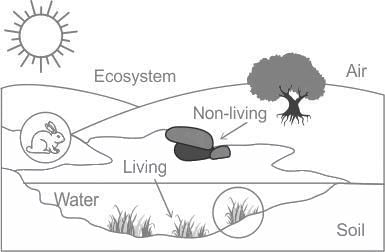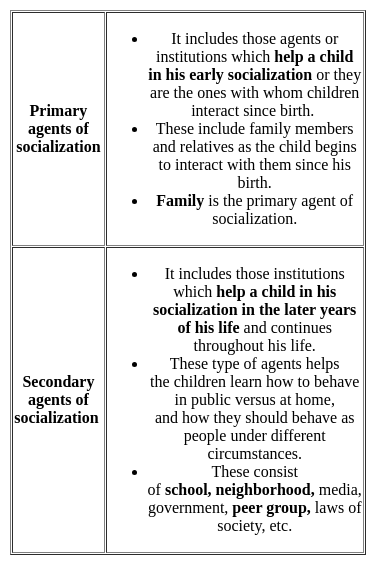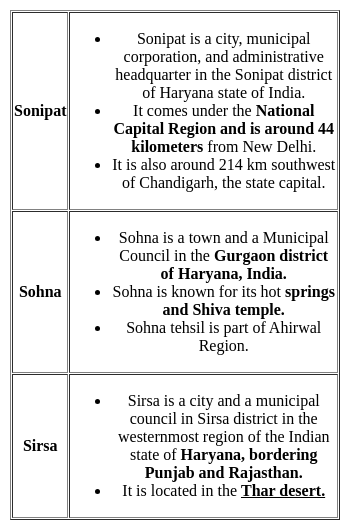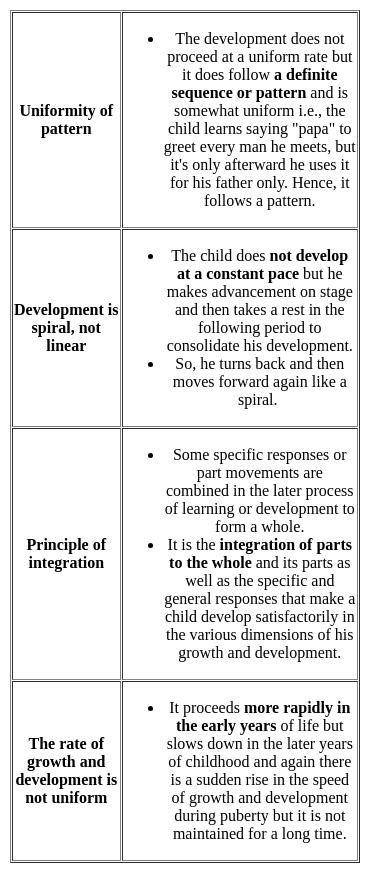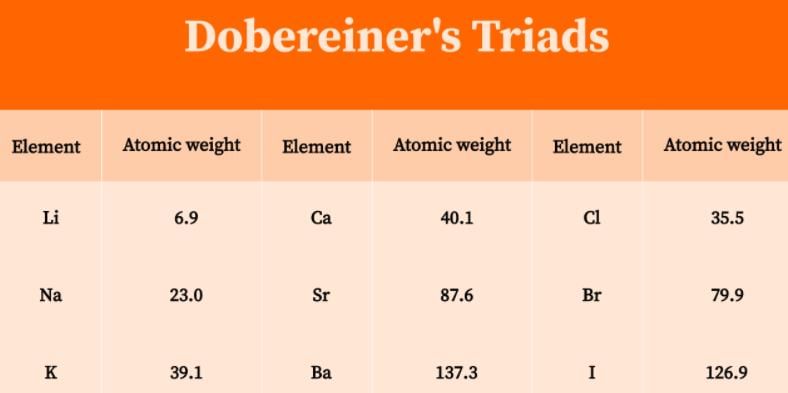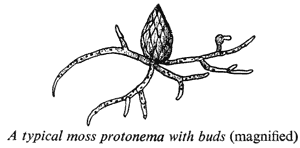HSSC TGT Science Mock Test - 1 - HSSC PGT/TGT MCQ
30 Questions MCQ Test HSSC TGT Mock Test Series 2025 - HSSC TGT Science Mock Test - 1
Which type of soil is mostly found in Haryana state?
Identify the true statement with reference to the characteristics of the renewable resources.
Which of the following is the most stable ecosystem?
Which of the following principles of growth and development signifies the movement from whole to parts and from parts to the whole to develop the ability of a child to perform specific movement?
According to Dobereiner’s law of triads the number of elements present in each group is:
The oxidation state of Mo in its oxo-complex species [Mo2O4(C2H4 )2(H2O)2]2- is :
Which of the following in conserved when light waves interfere?
A homopolymer has only one type of building block called a monomer repeated ‘n’ number of times. A heteropolymer has more than one type of monomer. Proteins are heteropolymers made of amino acids. While a nucleic acid like DNA or RNA is made of only 4 types of nucleotide monomers, proteins are made of
If zeise’s salt has the formula [Pt(C2H4)CI3]-. In this, platinum primary and secondary valency are
During which stage of prophase I the crossing over takes place?



